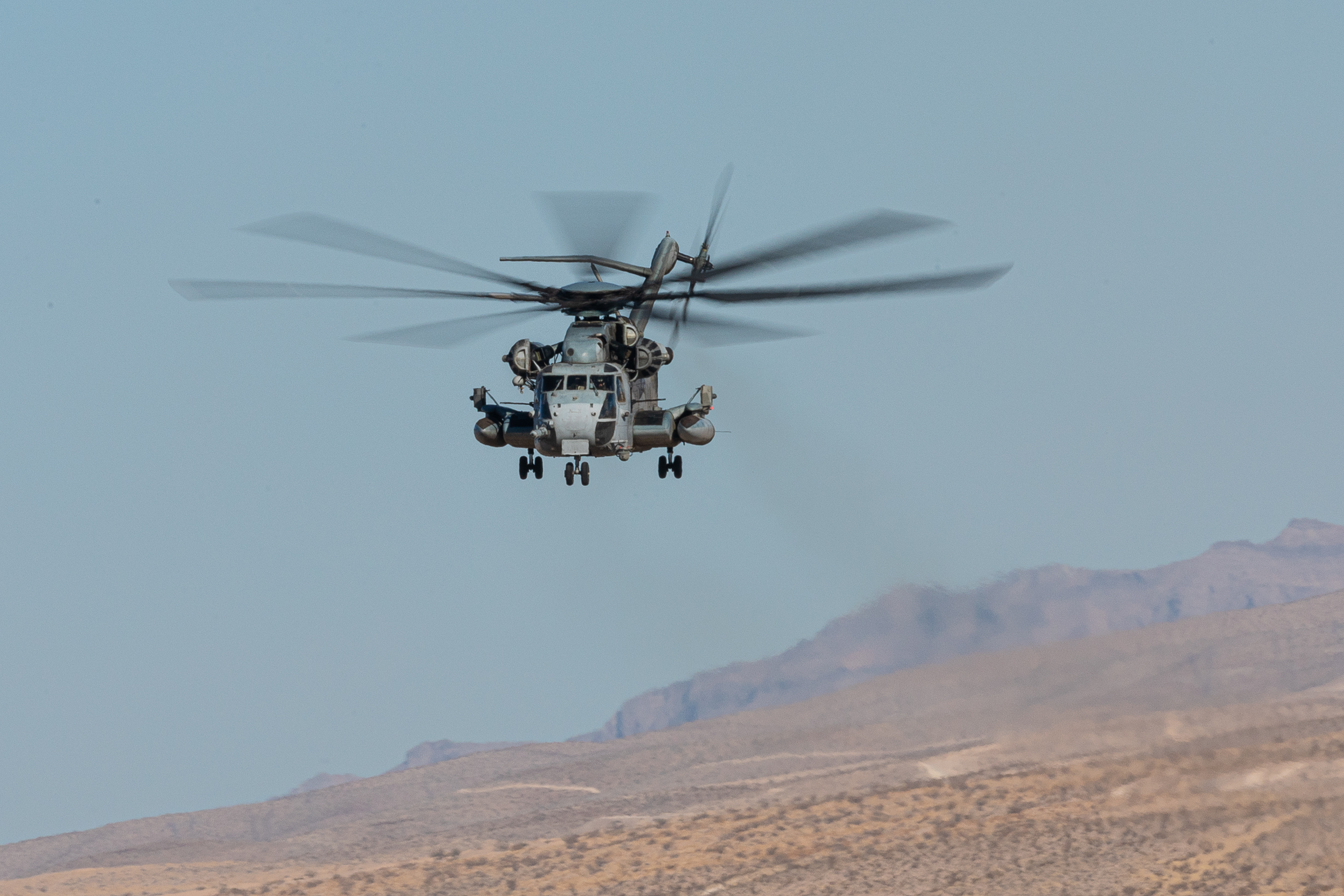The UH-60 Blackhawk is nearly synonymous with the United States Army by this point in history. It’s an impressive aviation machine with a long history of service to show for it. But what all goes into keeping these amazing helicopters flying?
Basic Maintenance Schedules for a Blackhawk
United Technology’s Sikorsky Aircraft’s UH-60A Blackhawk entered the U.S. Army’s service in 1979. Two GE T700 turboshaft engines power the four-blade main and tail rotors. A Blackhawk helicopter typically has a maximum speed of 183 mph. More than 4,000 Blackhawk aircraft of all types are currently in service today.
A helicopter’s manufacturer, as well as the FAA, stipulates how often a helicopter must be inspected by a qualified engineer. Daily, or every 25, 50, 100, 150, and 600 hours, as well as annual inspections, are common maintenance schedules for helicopter aviation. Blackhawk maintenance is really no different. Preventative maintenance checks are required every 40 flight hours. These checks can take between 15 and 20 hours, and can usually be accomplished in a day with two technicians.
Inspections and Checks
Additionally, there are several hour- and calendar-based inspections and checks are done to help ensure safe and proper functioning. These include battery checks, gearbox oil samples, 90-day corrosion checks, 30-day engine wash programs, and a 120-hour inspection which typically lasts between two and three days. This check looks at critical vibrations of the oil cooler fan, tail rotor, and high-speed shafts in the engine.
A larger check called the phase maintenance inspection (PMI) is conducted every 360 flight hours. PMI 1 primarily focuses on the cabin and tail section of the aircraft. PMI 2 focuses mostly on the Blackhawk’s systems and components, many of which are located above the cabin, tailboom, and main rotor.
Depot level maintenance, or extensive maintenance or modifications, is primarily handled by the AASF (Army Aviation Support Facility) servicing that area. A flight line crew will be primarily responsible for scheduled and unscheduled maintenance, as well as a helicopter’s ground movements around a facility.
Blackhawk maintenance is a time-consuming and energy-intensive operation when done correctly. When tackled with perseverance, grit, and a sense of duty, however, it can easily make for an impressive flying machine and help keep a Blackhawk running smoothly for years on end.

